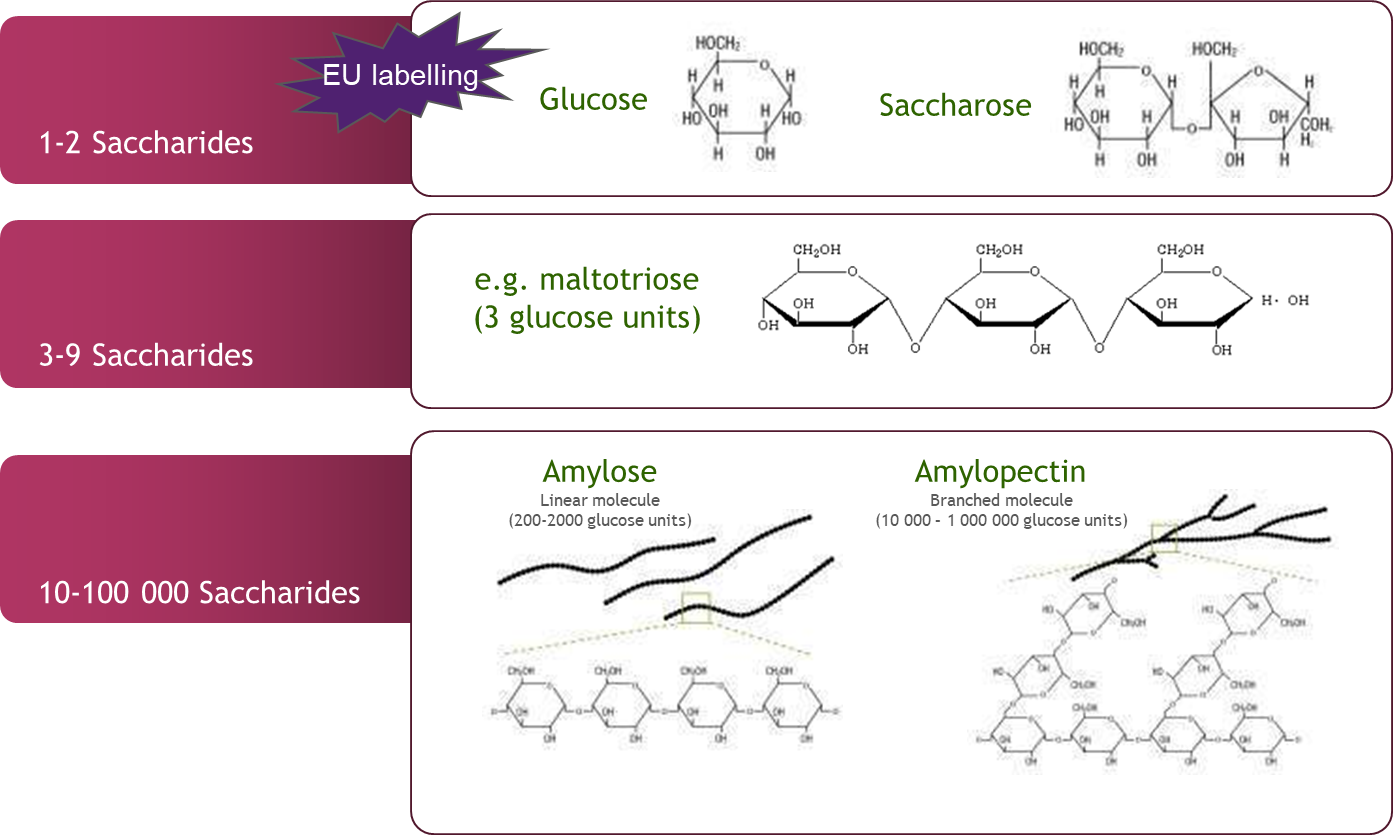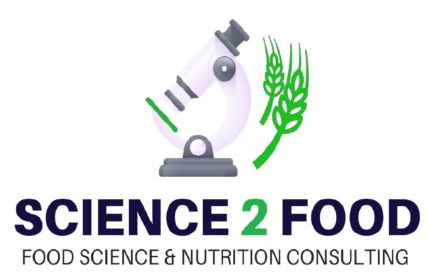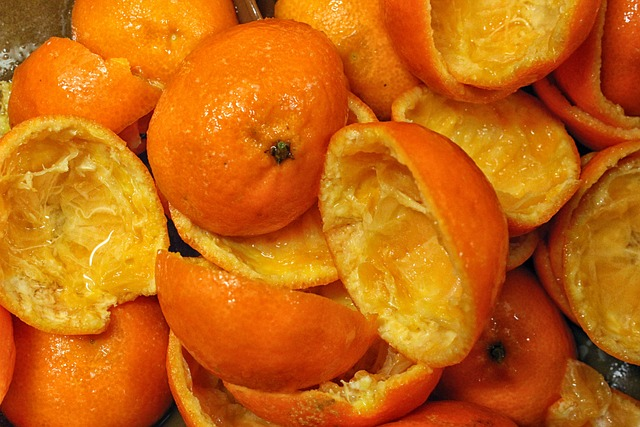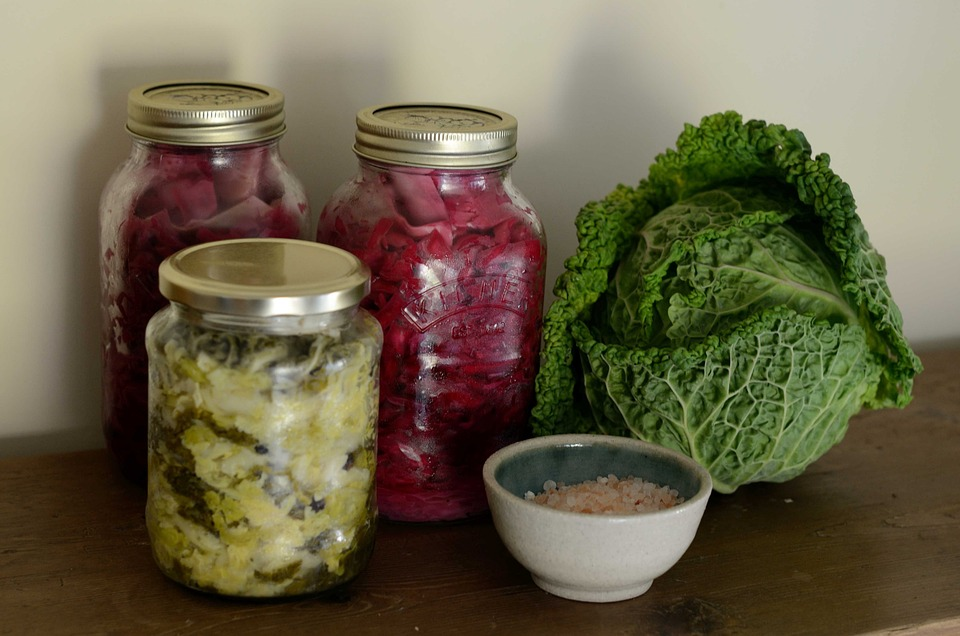Sugar
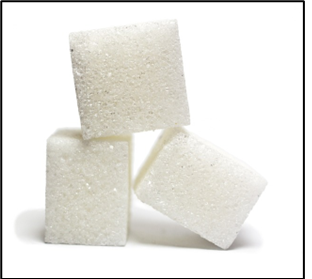
Sugars have become a health problem, not by their nature, because we need them, but by their overconsumption, especially by children. According to the French Society of Nutrition, already in 2017, 83% of children consumed more sugar than the World Health Organization’s recommendations.
The recommendation of the French National Agency for Health and Safety (ANSES) are not to exceed 100g of total sugars per day.
To give you an idea, a 33 cl can of soda already contains 30 g of sugars and a fruit yogurt can contain 15 g of sugar.
You already knew that in addition to the sugars found in sugary foods, there are hidden sugars in unsweetened foods. For example, a tablespoon of ketchup contains 4 g of sugars and a 300 g dish of frozen lasagna may contain 13 g of sugars.
One other notion is important : added sugars. Part of the sugar in food is added via sucrose or dextrose powder and most of the time through syrups. These added sugars are part of the free sugars in the product. The remaining part of free sugars are those coming from fruit purée and damaged part of the natural ingredients.
Some countries like USA and Brazil ask for mandatory labelling of added sugars.
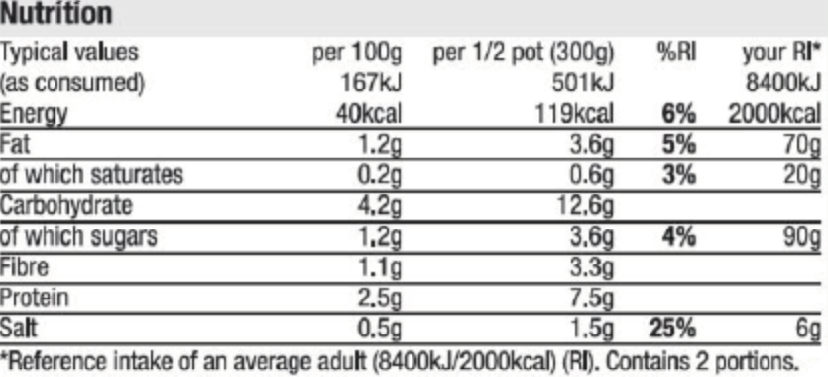
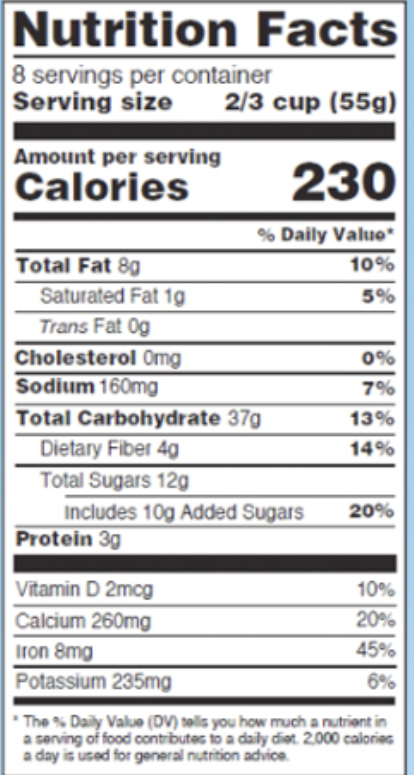
However, a lesser-known fact is that you can be fooled about the amount of sugars in sugary products. Indeed, what is noted as “sugars” in the nutritional information on the product packaging are simple sugars with 1 or 2 units (the so-called mono and disaccharides).
To give an image, carbohydrates (which are the large family of sugars along with simple sugars and complex sugars including fiber) are made up of chains of links called units. For example, glucose or fructose are made up of only one unit, sucrose, maltose and lactose of 2 units.
In the “of which sugars” section under carbohydrates, only sugars with 1 or 2 units are labelled.
It should be noted that one way used by some manufacturers to circumvent the regulations is to use sugars with 3 or more units (up to 20) which, for some, have the same impact on health as sugars with 1 or 2 units.
Studies have shown that the impact on the glycemic response of glucose (1 unit) and some maltodextrins (10 to 20 units) is the same, or even worse in some cases forinsulin (which regulates, among other things, blood glucose levels).
It is therefore necessary, above all, to prefer products that indicate little sugar on the label, favouring more natural and less processed products with the simplest and shortest possible lists of ingredients.
The total carbohydrate content is also a good indication but some products rich in complex carbohydrates are very good for the quality of their carbohydrates (e.g. starch not very processed in legumes, or cereals), we cannot generalize.
The company Science 2 Food has expertise in reducing sugars and replacing them with natural solutions.

